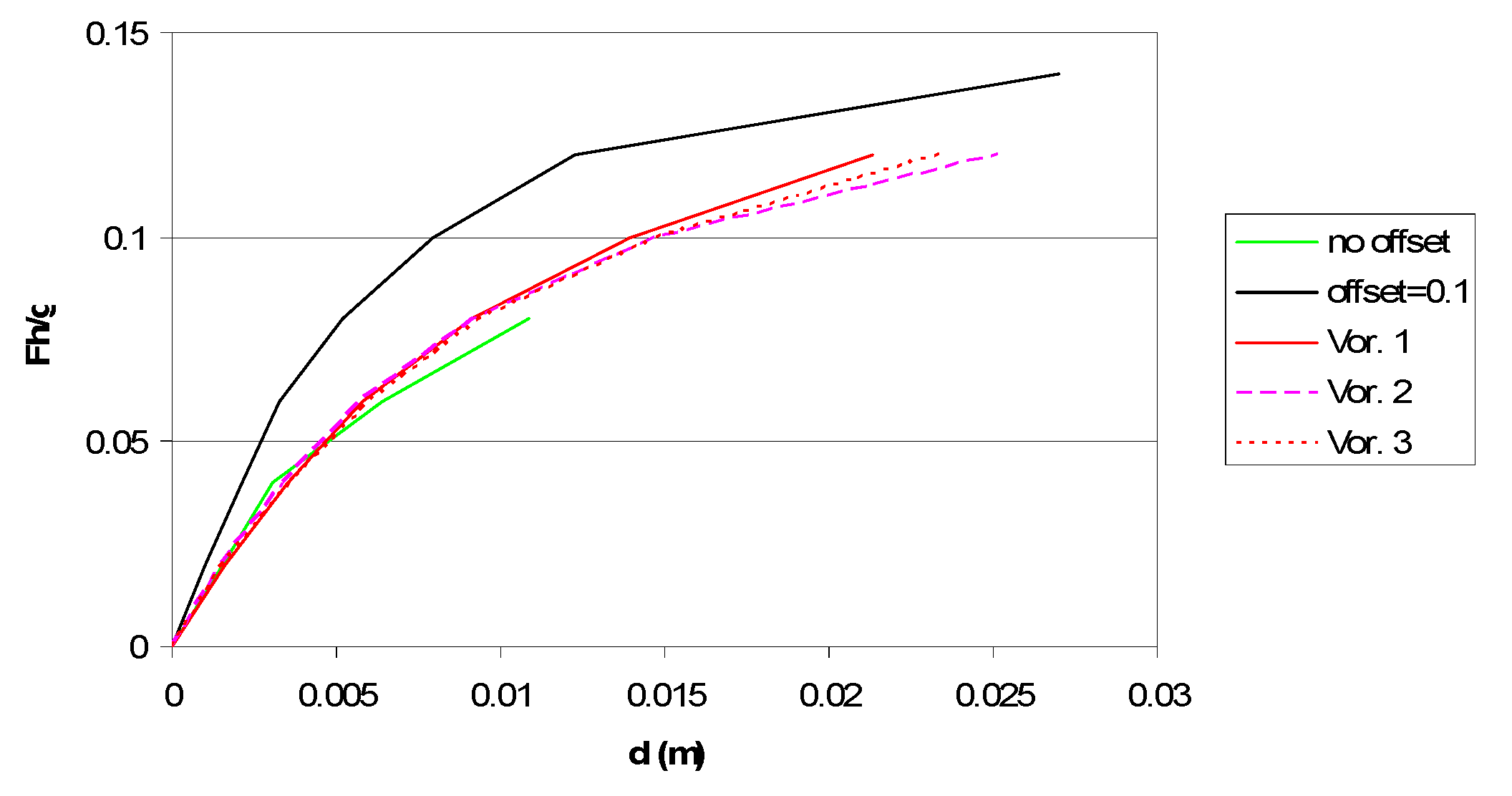
Values of the force reduction factor, overstrength factor, and displacement amplification factor were determined based on the time history analysis and pushover analysis on the computer model. Finally, the computer model was run through the FEMA Far-Field earthquake suite to gather data on the strength and ductility.

This analysis showed that the surface bond was the component of the wall that most affects its capacity. Hollow concrete block (HCB) partially grouted reinforced masonry (PG-RM) is an earthquake-resistant system that is common in several countries. In this first slide, we see examples of different applications of masonry : on the left, a low-rise bearing-wall building of reinforced masonry in the center, a high-rise bearing-wall building of reinforced masonry and on the right, stone and clay unit veneer over a frame structure. Then, a parametric study was performed using the model to see what component of the wall most effected its capacity. Topic 12 deals with the seismic design of masonry structures. Initially the computer modeling was done to reproduce experimental data. Computer modeling of the wall system was accomplished with Vector 2. The in-plane shear test was of primary interest and what would be used to verify the computer model. The diagonal tensions test provided preliminary values on the shear modulus and shear resistance. Experimental data was obtained from a diagonal tension test, and an in-plane shear test. The guidelines are explicit that both experimental data and computer modeling are needed to quantify these parameters. To determine these factors the guidelines from the Federal Emergency Management Agency (FEMA) Quantification of Building Seismic Performance Factors 2009 were followed. Research was conducted on the wall system in order to determine the seismic parameters, including the force reduction factor, overstrength factor, and the displacement amplification factor. Previously, research has been conducted on the wall system for its axial compressive capacity, but little information is known about its ability to withstand lateral forces such as earthquakes. The wall system is connected through a surface bond and lacks any geometric connection. This research used dry-stacked normal weight concrete masonry units with an eccentrically placed reinforcement. Though several systems of dry-stack masonry have been suggested little to no data exists as most of these systems are patented. Note: For non-specific design masonry buildings with solid filled walls: Running bond: vertical bars will be D12 at 600 mm centres in earthquake zone A.

Dry-stack masonry, or masonry that doesn't use mortar to bind the blocks together, is a unique system to make masonry more economical. However, construction practices in the modern age demand faster and more economical practices. Masonry is one of the oldest forms of construction materials that is still in use today.


 0 kommentar(er)
0 kommentar(er)
